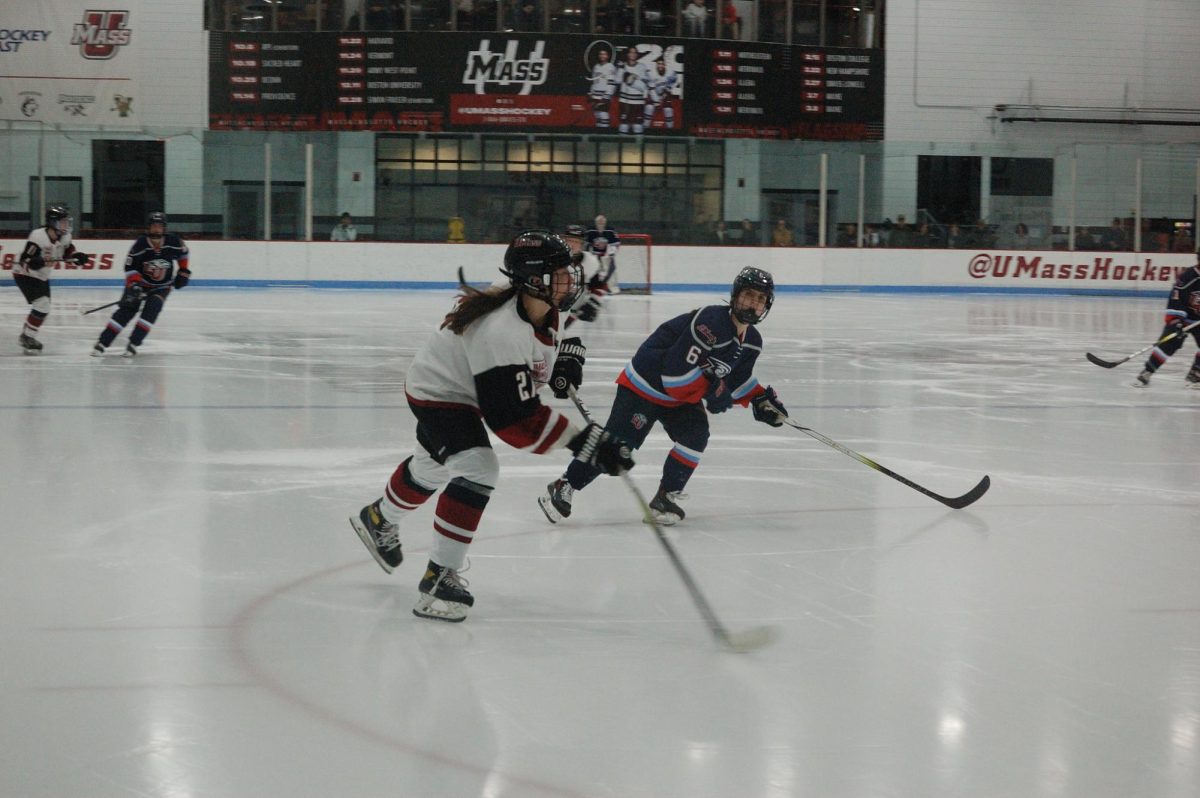Much ink has been spilled about the nature of the “author” and what that term implies. Whenever the word is uttered, a general image is conjured up. We all should be familiar with the stereotype. We picture a lone, brooding genius shrouded by darkness except for a lit cigarette in his New York apartment.
Suffocated by sweat and angst, he toils in agony to bring us, the needy public, his rousing, sublime artistic masterpieces. The author (or “artist,” if we want to expand our definition) and his colossal great work is memorialized in song, history and, of course, critical adoration. Any words that he speaks about his creations are of absolute authority.
For all the heavenly grandiosity that society ascribes to it, art is still material. It is, to put it bluntly, a thing. It exists for the viewer to contemplate. For every interaction we have with art, an unspoken dialogue between art and audience takes place. It takes more than just a singular figure to bring that art to the public at large.
In order to create art, be it film, literature, sculptures, paintings, video games, music or theater, one requires a vast network of publishers, producers, dealers, distributors, buyers, exhibitors and enthusiasts to determine whether certain objects are worth their contemplation in the first place. “Art” is the name that we have collectively decided to call this object. In turn, such an object becomes commodified and sold to people who agree with its worthiness.
When broken down, it seems absurd that people have made entire careers based on their interactions with this object, including its analysis, criticism and curation. This entire system establishes itself on the idea that these objects have value. To veer into the metacontextual for a moment, as a piece that engages with certain art forms and their nature, this essay exists as part of that system. The reader of the article is not exempt from this rule either. Anyone who has read my reviews of different films and television shows over the years has done something of a “double engagement,” making a conscious choice to become part of this artistic network.
A vague notion of “authenticity” sustains this art world, and allows it to carry on with its business without acknowledgement of its innate hypocrisy. The original work (in this case, the painting, though this attitude applies itself just as easily to any piece of text) is highly cherished. The beauty, under this view, lies in the ability (or novelty) to gaze at the work of a skilled master at the top of his craft. Every minor detail and artistic choice is said to have originated from some grand design, and he dictates all of his authorial decisions as if he were Moses on Mount Sinai, where every statement on what he has written acts as a Commandment taken as doctrine.
In the 1960s, there was a scandal in the art world that centered around a certain Elmyr de Hory – a master art forger who was revealed to have made millions off of rich saps over his fraudulent replicas of famous Picasso and Modigliani pieces.
The response from the art world was outrage. A perfect replica of a Picasso denigrates the name of Picasso. When one demonstrates that Picasso’s work can be duplicated without the rigors and turmoil the original author endured, then the meaning we assign to that name becomes devalued. We applaud works like “Guernica” (or “Hamlet” or “Citizen Kane”) because they allegedly spring from a well of singular vision. No other figure could have created these works, and their value stems from the authorial signatures attached it, be it in the credits or the bottom of the canvas.
Nonetheless, this point of view fails to take into account all of the great works of art whose creators have been lost to history. We do not know the original builders behind Stonehenge, the original composer behind “Frere Jacques” or the original weavers behind the Bayeux Tapestry. Yet despite this lack of knowledge about a work’s origin, they still instill profound emotion in and resonate with an audience member.
Long after the dust from our bones has withered into the ether, all that remains is what we leave behind. Whether or not our names find themselves attached to our work is irrelevant. Amidst the massive clamor over which authors wrote which text and why they wrote it, what we are left with, in the end, is the work itself.
Art does not exist in service of the artist. It exists in service of the viewer. It aims to convey feelings of profundity, excitement, terror, rage, disgust, delight, melancholy and mirth. The author, at the end of the day, acts as the vessel that delivers those feelings.
Nate Taskin can be reached at [email protected] and followed on Twitter @nate_taskin.




















